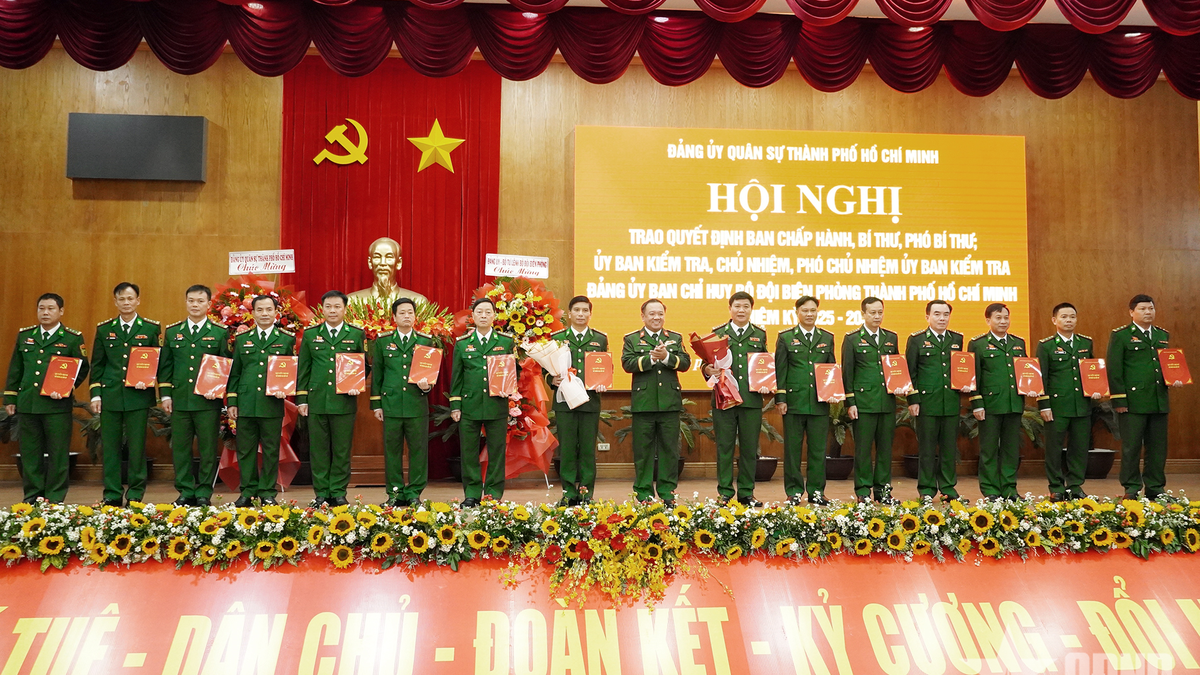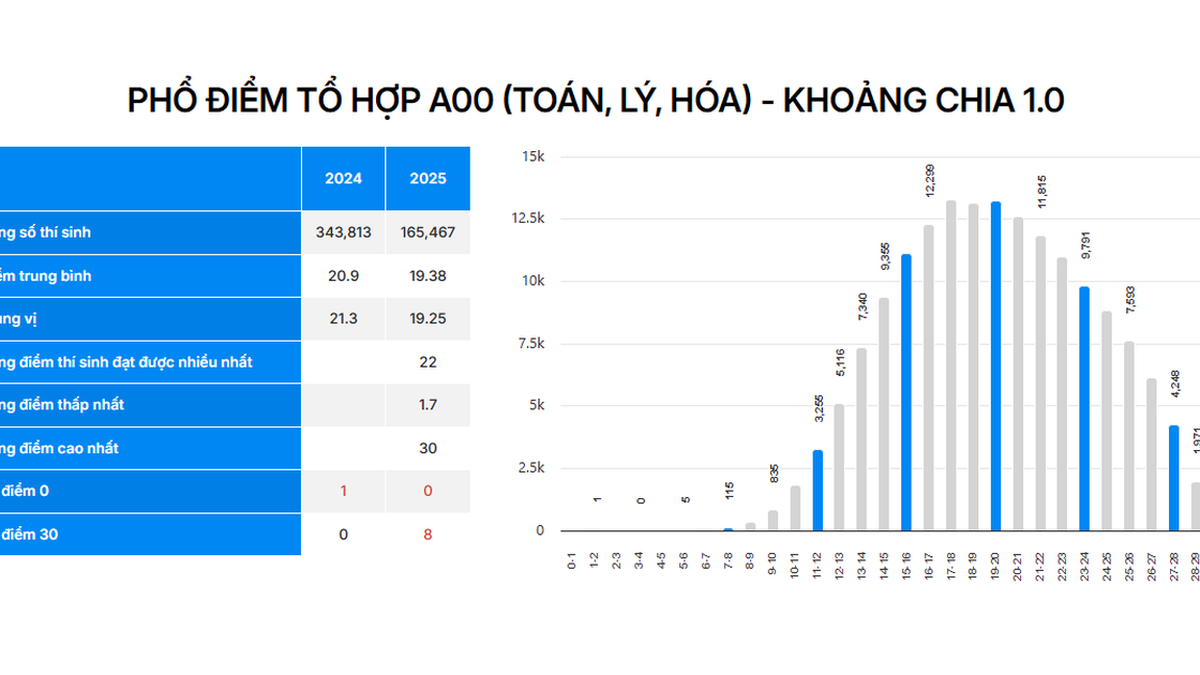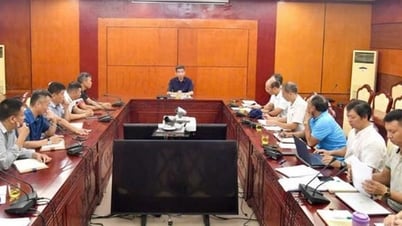Operation “Am Ke-Lavi” and the turning point in Israel's strategy
According to the Israel Defense Forces (IDF), the targets attacked included facilities related to Iran's nuclear program, ballistic missile factories, logistics centers, and the headquarters of the Islamic Revolutionary Guard Corps (IRGC). The operation was carried out with great precision, demonstrating not only Israel's technological superiority, but also Israel's clear political determination to deter Iran by force.
The damage suffered by Iran is considered the heaviest in decades. Three key figures in Iran's military -security system have been confirmed dead: IRGC Commander Hossein Salami, Chief of General Staff Mohammad Bagheri and Gholam-Ali Rashid, commander of the Hatem al-Anbiya unit in charge of military infrastructure.
In addition, the human losses in the nuclear program further demonstrate the level of intentionality and strategic depth of Israel's attack. Among the victims were Fereydoon Abbasi Davani, former director of the Atomic Energy Organization of Iran, and at least six other scientists .
This attack not only targets Iran’s military capabilities, but also targets the “brain” of its nuclear technology, a clear and profound deterrent blow, with the aim of containing Tehran before Israel’s deterrence capabilities become ineffective. The current situation not only puts the region on alert but also carries the risk of spreading conflict, with unpredictable consequences for global security.
For Israel, the attack was a clear statement of a new strategic doctrine. Codenamed “Am Ke-Lavi” (The Lion Rising), the operation marked a shift from a policy of deterrence to a proactive, doctrinal approach aimed at preventing Iran from acquiring any level of nuclear capability.
The airstrikes targeted heavily populated areas, forcing thousands of Iranians to flee. The widespread power outages, communications disruptions and infrastructure damage have created a deep sense of insecurity that is rare even in the context of the long-standing confrontation between the two countries. This was not just an attack on military targets, but a symbolic blow to Iran’s sense of national security.
Israel has made no secret of its strategic goals. In a televised address, Prime Minister Benjamin Netanyahu declared that Israel had moved beyond “being held hostage by fear,” calling the operation “a struggle between light and darkness.” His remarks emphasized that this was not a reaction, but rather an expression of a fundamental belief: Iran must not be given the opportunity to develop nuclear weapons.
Chief of the General Staff Eyal Zamir confirmed that the operation had been planned for months, with the synchronous participation of the entire defense system. This confirms that the operation was not a response to a specific event, but a step that had been taking shape for a long time, according to a new security doctrine in which Israel is not only preventive, but also ready to act proactively despite diplomatic pressure.
Therefore, the “Am Ke-Lavi” operation is not only a milestone in Israel-Iran relations, but also a clear sign of a new era in the Middle East, where regional security is determined by unilateral actions and demonstrations of power, rather than dialogue or international constraints.
Israel, Iran and the Threshold of a Major Conflict
As thousands of Iranians are evacuated, infrastructure is paralyzed and a sense of insecurity spreads across the country, the question is: Is this just another round of escalation in the familiar logic of regional conflict, or the starting point for a wider war involving outside powers?
The attack was not a spontaneous outburst, but the culmination of months of simmering tensions: the military campaign in the Gaza Strip, internal pressure with a wave of protests against judicial reform, public frustration, as well as negotiations between Iran and the United States - all created the "perfect" moment for Prime Minister Benjamin Netanyahu to launch a game-changing campaign.
Clearly, Prime Minister Netanyahu has shown himself to be a skilled politician who not only reacts to threats, but also exploits them. With his political space narrowed by crises at home and abroad, the “Am Ke-Lavi” operation serves as a double lever: it both affirms his role as “national protector” and undermines the idea of any agreement between Tehran and Washington. In Netanyahu’s view, a weakened, isolated and panicked Iran is not only a military objective, but also a condition for maintaining Israel’s strategic position in the region.
But the risk lies in the scale of the action, says Murad Sadygzade, director of the Center for Middle East Studies and visiting lecturer at HSE University in Moscow. Iran’s response will certainly not be limited to angry statements or a few retaliatory airstrikes. Tehran could opt for an asymmetric, sustained, multi-front response—through Hezbollah in Lebanon, Shiite militias in Iraq, or the Houthis in Yemen, all of whom have demonstrated real offensive capabilities in recent years.
Even if they do not lead to all-out war, these attacks could seriously damage Israeli interests and provoke a global political backlash, especially if Iranian civilian casualties are high. In that case, international opinion, while not on Tehran’s side, would find it difficult to continue to support Israel’s preemptive strike strategy. Even the United States and Europe, traditional allies, may have to distance themselves to avoid being drawn into a new spiral of violence.
While Israel is betting on determination and military superiority, Iran may choose to respond with strategic persistence, patience and indirect attacks. The US is caught between its desire to maintain regional influence and its fear of being drawn into another war when it has other strategic priorities.
The world is facing a delicate situation where a single miscalculation or provocation could lead to a conflict spiraling out of control. Reason calls for restraint, but the history of the Middle East shows that honor, fear and ambition are often stronger than reason, and sometimes a small spark is enough to ignite a major explosion.
Hung Anh (Contributor)
Source: https://baothanhhoa.vn/tu-gaza-den-tehran-israel-mo-mat-tran-moi-de-lat-the-co-252181.htm


































































































Comment (0)